‘We Wanted the Community to Embrace Us’: Magazzino Director Vittorio Calabrese on the Museum’s Place in the Hudson Valley
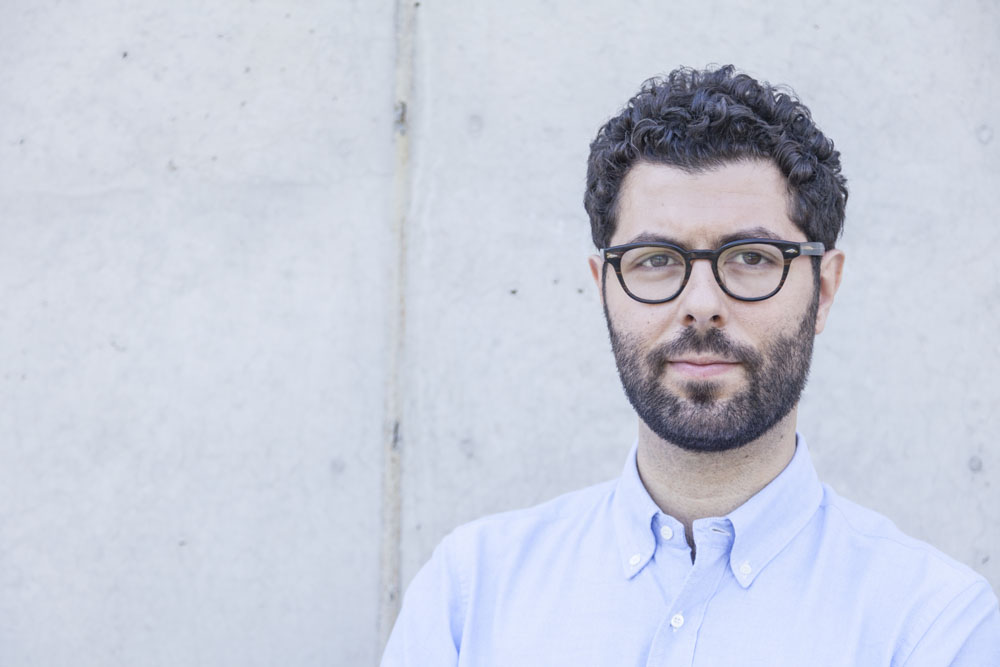

Noor Brara

The Magazzino Italian Art Foundation in Cold Spring, New York, is quickly becoming one of the most frequented new art museums in the Hudson Valley.
Located a stone’s throw away from neighboring art sites like Dia:Beacon and the Storm King Art Center, the state-of-the-art institution features 18,000 square feet of exhibition space and an extensive library. It was founded in the summer of 2017 by husband-and-wife collectors Nancy Olnick and Giorgio Spanu, who were looking to house their personal collection in a public space, and hoping to introduce others to the lesser-known world of contemporary Italian art.
Magazzino’s opening exhibition featured work by leading figures from the Arte Povera movement of the 1960s and ’70s, during which time a small but committed group of artists influenced their peers in Italy and around the world to question the dominance of consumer culture.
We spoke to Magazzino director Vittorio Calabrese about the making of the museum, its unlikely place as part of Cold Spring’s cultural legacy, and the future for young Italian artists today.
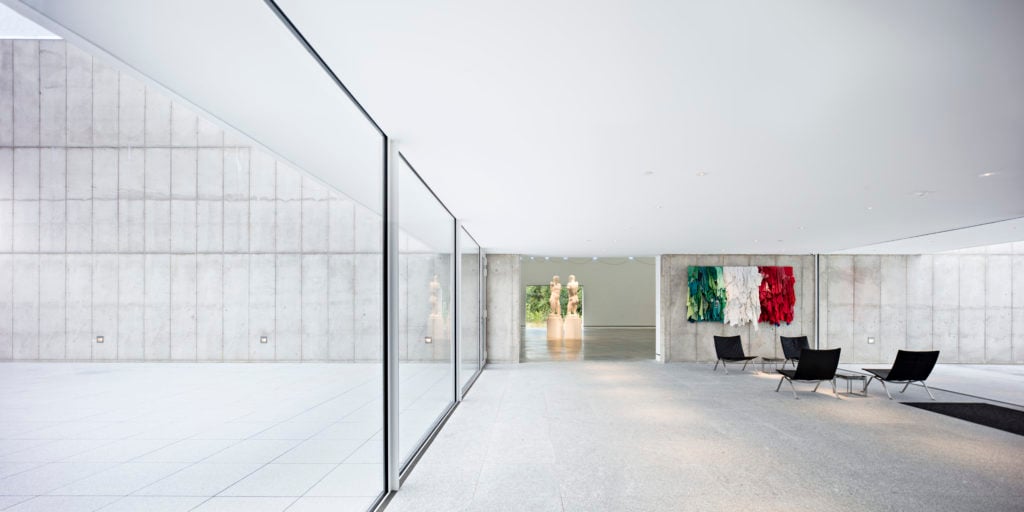
Foyer of Magazzino Italian Art Foundation. Photo courtesy Javier Callas.
Tell me a bit about your background. How did you become involved with Magazzino?
I was born in Italy and I’ve been living in New York for eight years. As the director of Magazzino, I feel in a way that I’m the director of a little startup museum. I went to business school in Milan, and eventually moved into art management there, and then I came here and did my master’s at Christie’s. I worked for the auction house, and then for a small gallery on the Lower East Side called Bosi Contemporary, which no longer exists.
It’s been four years now since I joined Magazzino, which I feel has given me the opportunity to experiment a lot with what an art space in 2019 can be. In a sense, the hospitality, art, and landscape that we have at Magazzino corrects the stereotypes people may have about Italian art, which is typically limited to baroque or ancient art. Not everyone knows about the modern or contemporary artists who were at the fore of avant-garde, cutting edge art in the 1960s or ’70s. So opening with an Arte Povera exhibition at Magazzino—our first big show—was really important for us to be able to show how many artistic links, modern sensibilities, and conversations there were between the US and Italy during that time.
How did Magazzino end up in Cold Spring? I imagine you’d get more people through the door by having the museum in New York City.
The decision to open in Cold Spring wasn’t something we came to right away. We knew ultimately that we wanted to build it in a place that offered fertile soil, kind of literally and figuratively. We had a similar mission to the New Museum, in a way, when we first began.
But, on a more logistical level, Cold Spring came up as an option pretty quickly because Magazzino’s founders, Nancy and Giorgio, are familiar with the area—they actually have a second home close by—and have been coming here for 20 years. So it was an area that they knew, and it was a community that they had been welcomed into.
The other options were spaces in Brooklyn and Long Island, but we felt the best place and the best community was that of Cold Spring and the Hudson Valley in general, because it’s home to so many artists. Cold Spring is one of the oldest towns in the nation, but it’s also a place where there’s been a constant migration of creatives from all backgrounds, which resonated with us.
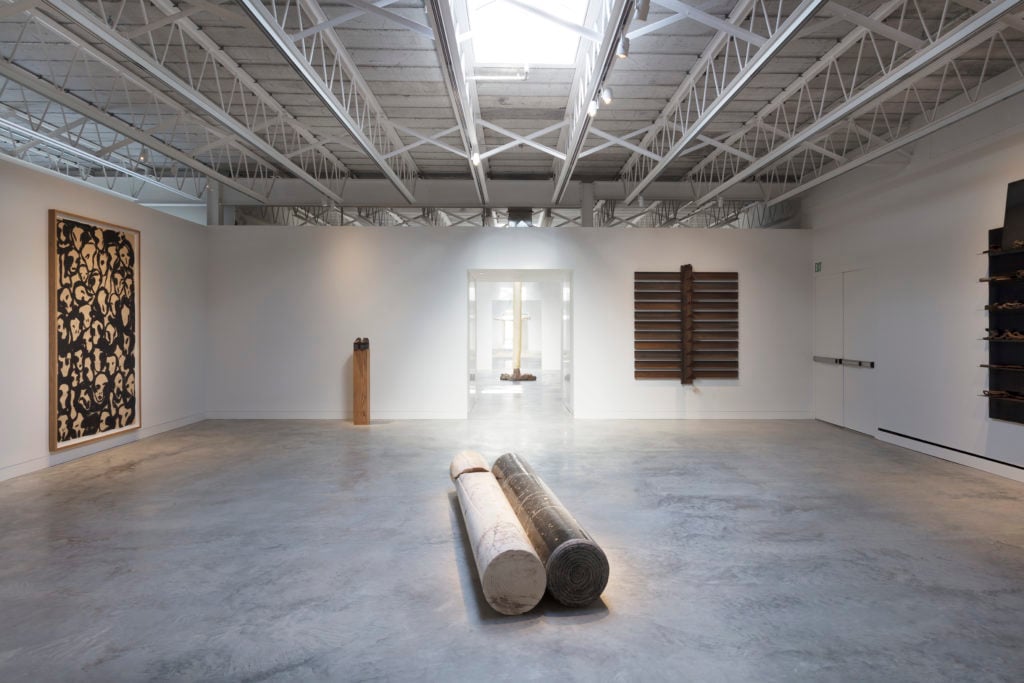
Gallery view at Magazzino Italian Art Foundation. Photo courtesy Marco Anelli.
How much did the other Hudson Valley museums and art foundations inform the decision to plant Magazzino’s roots there?
We did consider the success of other institutions and projects in the region, yes. As much as we wanted the community to embrace us, we knew that it was a small, sensitive, and tight-knit community that needed to be included by us from day one. So the fact that there were other institutions like the Dia Foundation and Storm King—which is doing an extraordinary job with the community—definitely helped us figure out how we would connect with the people around us. But it was definitely not—and I want to make this clear—that we come in as outsiders to take advantage of the area without considering the people around us. It was the opposite approach, actually. Eighty percent of our construction workers were local, so there was a heavy investment in the people of Cold Spring, and we wanted to make sure we could also meet their needs.
In the past, Magazzino openly positioned itself as a “weekend destination.” Do you ever worry about pigeonholing yourself or reaching only a certain kind of visitor?
It’s something we think about. We started with the idea of not being open five days a week, and then we realized quickly that weekdays are actually better for bigger groups. We’re doing a lot of outreach with schools, so on the days that we’re technically closed, we’re still in touch with them. Mondays and Thursdays actually get a lot of foot traffic because you have the gallery and museum people in who are usually off on those days. They’re also good days for senior visitors. We’ve really tried to adapt gradually to what our visitors want, and to actually look at the data and apply it. Eventually we may be open five days throughout the year, like we are over the summer, if the data shows us that’s what we should be doing. At the same time though, there are limitations to that. For example, we can’t have very ambitious programming on Friday nights, when the locals would probably want to attend something. We have to wait until Saturday, for the New York City people to be able to come up and join.
The great challenge for us is to actually overcome the “weekend destination” label and modulate our programming to serve all of our Hudson Valley communities, which is beyond New York now, in my opinion. That’s why I think the Putnam County trolley—which now acts as a shuttle bus service between museums in the area—has been so groundbreaking for us. Having a trolley service that you can use for $2 instead of a $15 taxi makes a big difference.
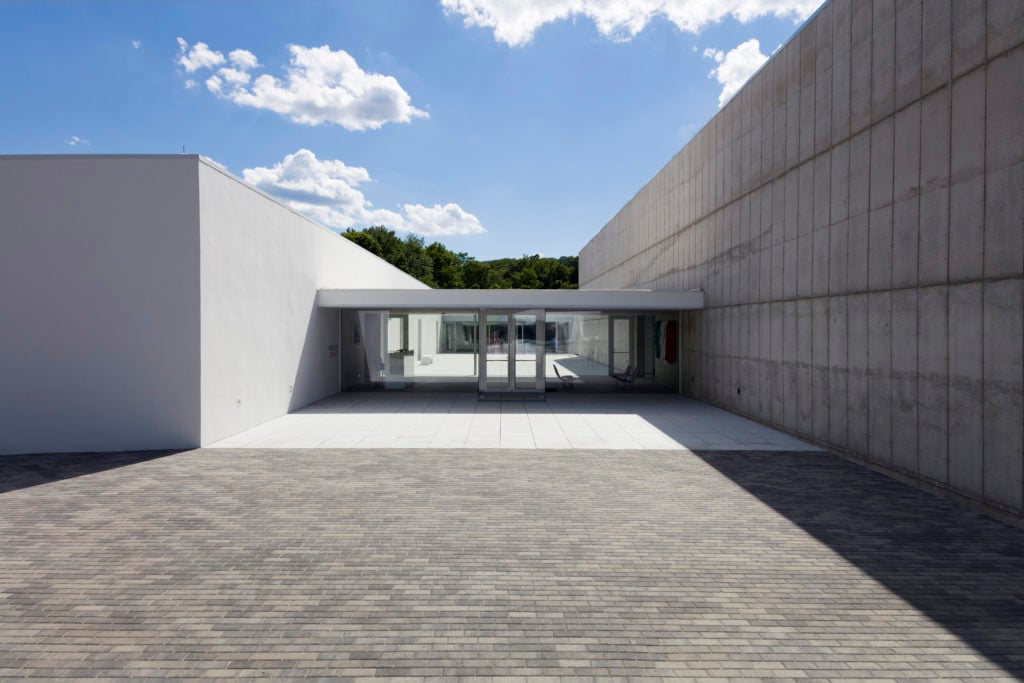
Exterior of Magazzino Italian Art Foundation. Photo courtesy Marco Anelli.
I’m assuming that people come to Magazzino, in part, to check out of their city bubbles. Do people ever tell you openly that they’re at Magazzino to slow down?
All the time. People talk about the therapeutic effects of the light in the space. Maybe they’re just finally noticing and appreciating natural light, and appreciating the silence of our surrounding area. And I think for the first time, we’re noticing people having real bonding experiences within their groups.
We’ve always had art enthusiasts visit us, but it’s great to see families coming to make memories and unwind. We like to function as a hangout place as well. You can have a picnic on the grounds, you can walk around the area, and you can hike. We have Sardinian donkeys! There’s a universe of things you can do here, that, in a way, sets up a different sort of experience. There’s no pressure, there’s no need to be too serious about any of it.
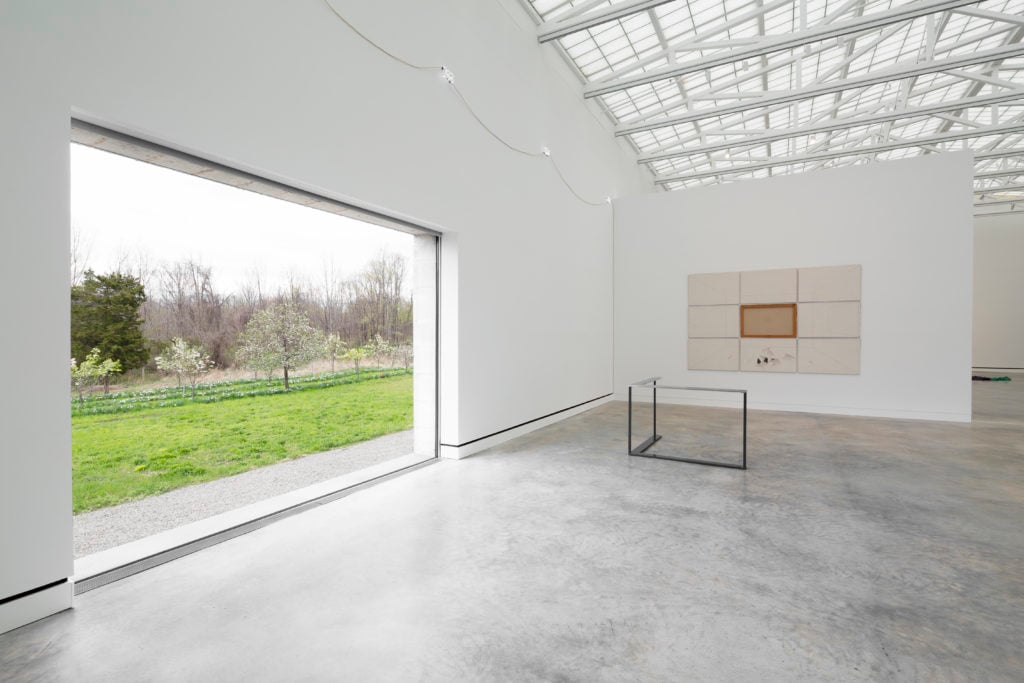
Gallery view at Magazzino Italian Art Foundation. Photo courtesy Alexa Hoyer.
As you’ve said yourself, a lot of Italian art is often presented in ornate gallery spaces that gel with highly stylized work. Is the more pared down, cutting edge architecture of Magazzino supposed to be reflective of the kind of art you’re showing there?
I think the architecture of Magazzino for sure facilitates the kind of experience we want people to have here. As modest as the design can be, it’s extremely classical in other ways. It’s not at all baroque. It doesn’t have a Tiepolo ceiling like in Venice, but it gives you the tools to really have the kind of contemporary art experience that you might have in Italy.
At the same time, it’s a renovated facility; half is new and half is old. We didn’t make it from scratch. So you can see the beams of this very old 1960s building that was once a computer factory. Before that, it was actually a dairy factory. It’s always been a place of dispatch, in that sense.
I think as much as we wanted to look at it as a gallery space—and Miguel Quismondo, our architect, did a really good job with making it design-forward, but not too overwhelming—we want it to keep it human. A lot of Italian art has that human side to it, and when you look at the Arte Povera movement, there’s a strong interest in what was happening in Italy at the time and the human condition.
The work of Arte Povera was your opening exhibition, which put Magazzino on the map. Can you tell me how people responded when they saw the art, and how you see young Italian artists evolving forth from it now?
Arte Povera is the last avant-garde movement of the 20th century, but I think enough time has passed now that a younger generation of artists can look back at that work with fresh eyes. It’s become a foundational point of reference that can be used to take steps forward or really take it on as part of a new legacy.
For many Italian artists now, it’s sort of a north star. I think a lot of them don’t really live in Italy anymore also, whereas artists in the past have always lived there. Because of that, we’re in a really interesting time where a lot of people are trying to determine what it means to be Italian. A lot of young people are leaving the country, and sometimes I think it’s easier to see contemporary work by living artists in Cold Spring or New York than it is in Italy. In that way, the Arte Povera movement helps us to discuss all of these cultural shifts and changes, and helps us to think about, you know, what does it mean to be an Italian artist in this political moment? There’s really no clear answer right now, and we’re still trying to figure that out. We want to give a platform to that discussion.
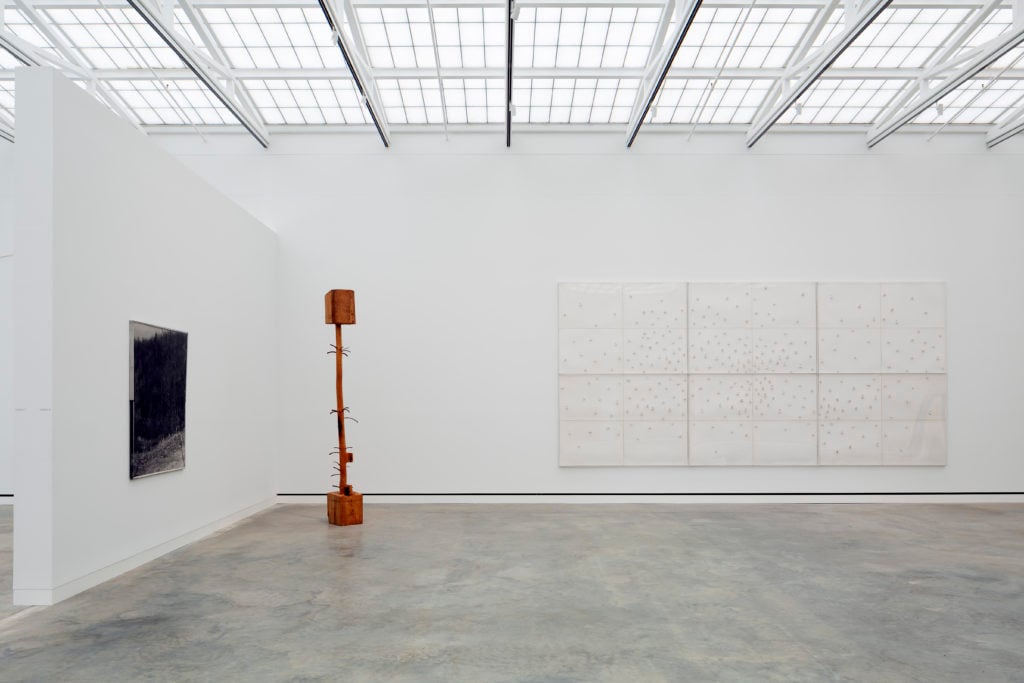
Gallery view at Magazzino Italian Art Foundation. Photo courtesy Alexa Hoyer.
Finally, what programming do you have forthcoming this summer and fall?
This weekend, we’re hosting the second edition of our annual Italian film festival, so we’re really excited about that and we’re expecting a big turnout. Tickets are available online, and the proceeds will benefit our charity, RxArt.
In the fall, we’re having a cultural program of new contemporary artists, as well as a big performance piece with a famous Italian artist. We’re also co-organizing two more performances of Melissa McGill’s Red Regatta, which debuted during the Venice Biennale. And we have a show of works on paper that’s opening at SUNY New Paltz. There’s a lot to look forward to.